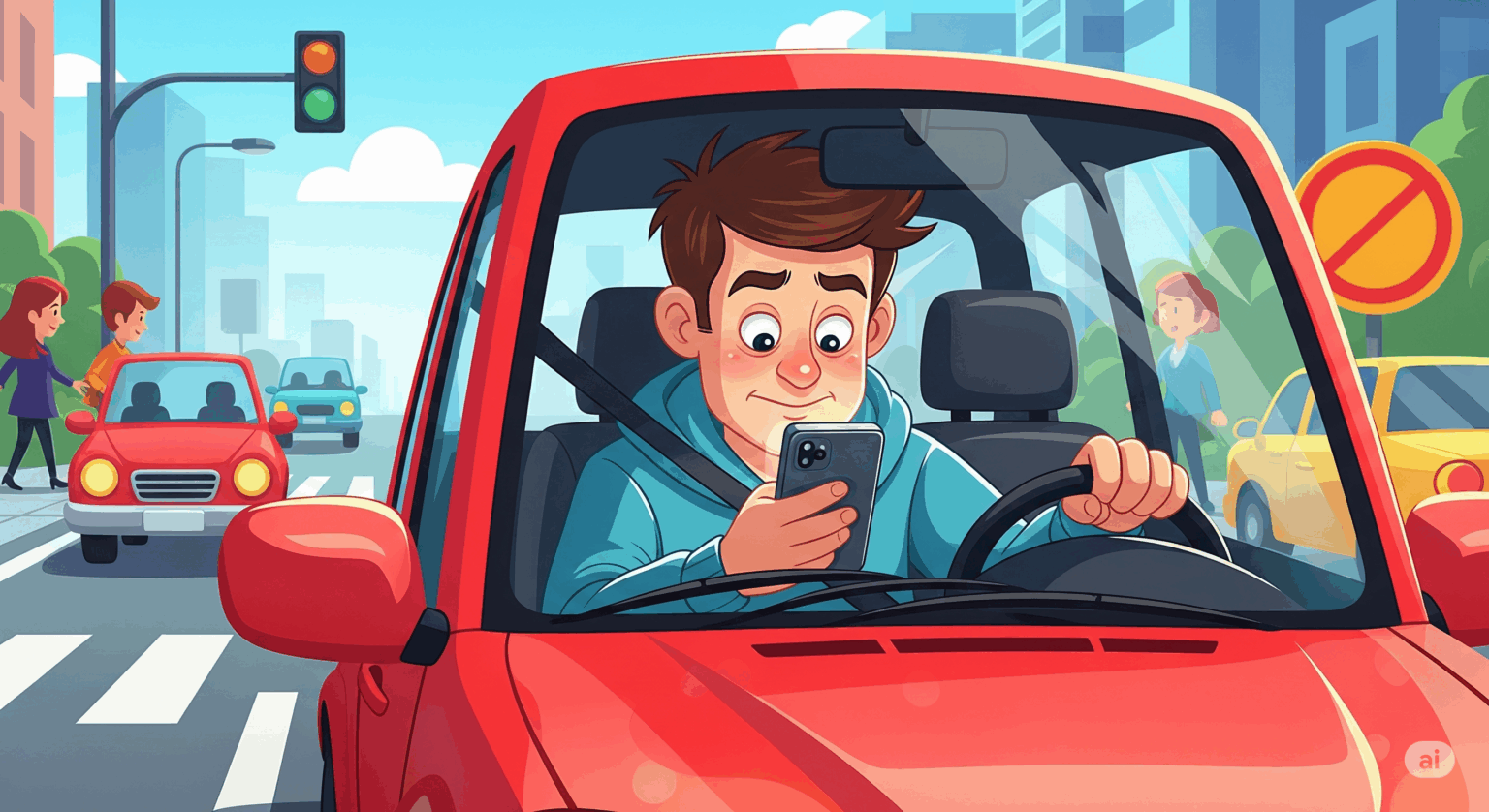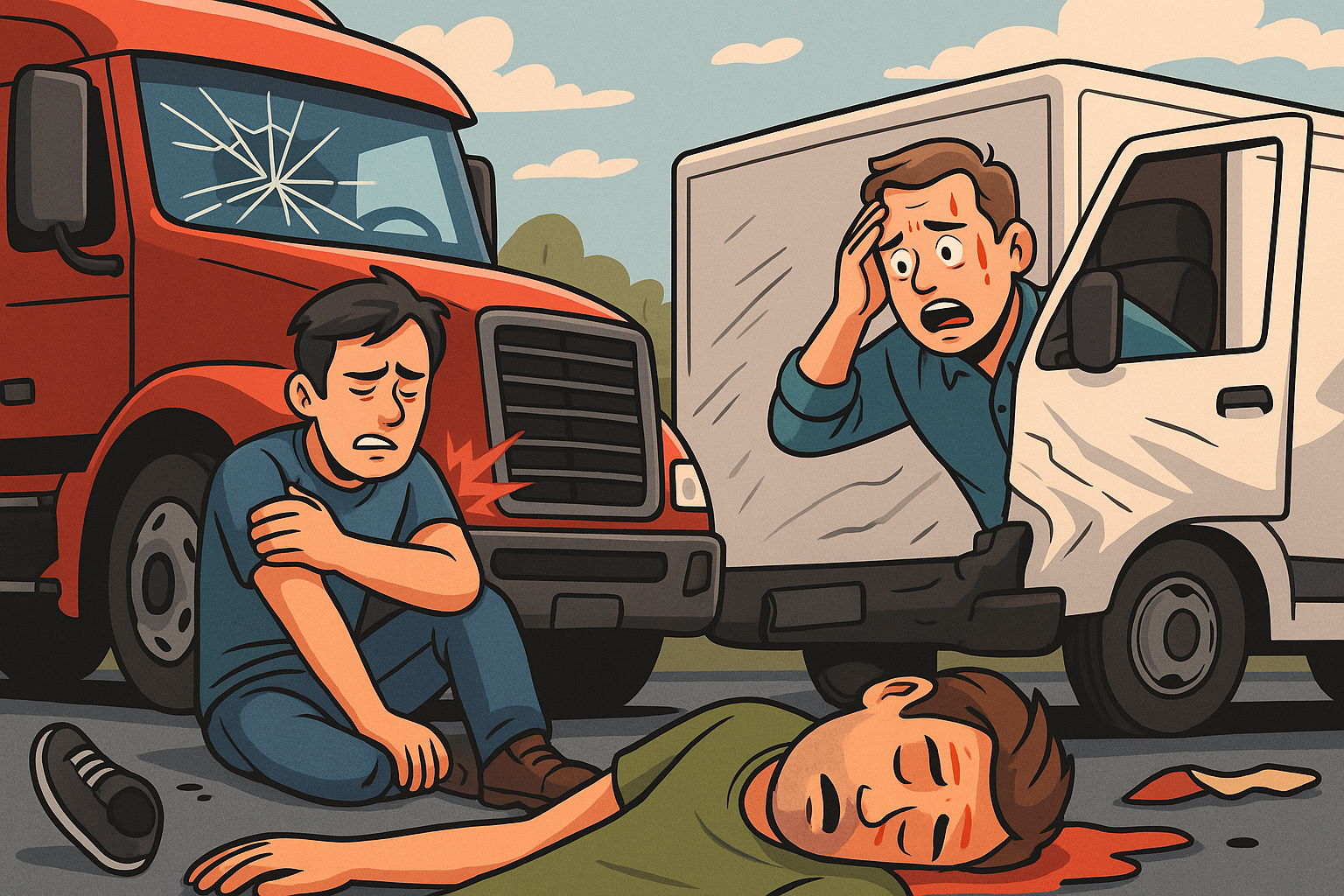A new study released by Gruber Law Offices reveals an alarming increase in distracted driving across the United States, spotlighting a growing safety concern that stems primarily from smartphone dependence, inconsistent state laws, and limited public awareness.
Using the most recent federal and telematics data from 2022, researchers conducted a comprehensive analysis of distracted driving trends by state, crash type, and behavioral factors. The results show a steady increase in distraction-related collisions, injuries, and deaths—with distracted driving now occurring in nearly 60% of all trips nationwide.
Key Findings from the Report
- According to the National Highway Traffic Safety Administration (NHTSA), 3,308 deaths were attributed to distracted driving in 2022.
- Distraction-related collisions have risen by over 20% since 2020, leading to an estimated 1,000 additional fatalities and approximately $10 billion in economic damage, based on data from Cambridge Mobile Telematics (CMT).
- Drivers now interact with their phones on 58% of all trips, compared to 54% in 2020.
- Phone motion and screen interaction increased by 21% and 23%, respectively.
States with the Highest Rates of Distracted Driving
The study identifies the top ten states with the most frequent distracted driving incidents:
- Florida
- Texas
- California
- Georgia
- North Carolina
- Arizona
- Nevada
- Illinois
- New York
- Colorado
States like California, Florida, and Texas not only have high driver distraction rates but also lead the nation in collisions involving pedestrians and cyclists, who remain among the most vulnerable road users. In 2021, the U.S. recorded 7,485 pedestrian deaths—the highest figure in four decades.
Who’s Most Likely to Drive Distracted?
The analysis highlights that teen drivers and young adults (ages 16–24) are the most frequent offenders. Nearly 40% of surveyed high school students admitted to texting while driving in the past month. Women, on average, are more likely than men to use handheld devices while behind the wheel.
Distraction spikes sharply during major holidays such as Thanksgiving and Christmas and tends to be higher on weekdays due to routine commuting patterns.
Top Driving Distractions
The most common distractions identified include:
- Texting and phone calls
- Scrolling social media
- Using GPS navigation
- Eating and drinking
- Interacting with passengers or entertainment systems
These behaviors significantly increase the risk of collisions and injuries, highlighting the urgent need for greater public education.
The Role of Policy and Public Awareness
Encouragingly, states that have enacted hands-free laws report measurable success in reducing distracted driving. For example, Michigan saw a 12.8% drop in crashes within three months of implementing its 2023 hands-free driving legislation.
Yet public awareness remains a critical challenge: even in states with handheld bans, 40% of drivers remain unaware of the laws or misunderstand their specifics. In states without such bans, over half of drivers mistakenly believe that hands-free laws exist.
This knowledge gap highlights the urgent need for stronger education, clearer communication of regulations, and increased enforcement.
Insurance and Telematics: Changing Incentives
By early 2025, 30 states are expected to have official handheld phone bans in place for drivers. Meanwhile, many insurers are leveraging telematics technology to monitor and reward safe driving behaviors. According to CMT, users actively engaged with telematics-based feedback systems reduce distracted driving behaviors by up to 25%.
However, a conviction for distracted driving can lead to steep insurance premium increases, policy restrictions, or even non-renewals—further underscoring the financial consequences of unsafe driving habits.









